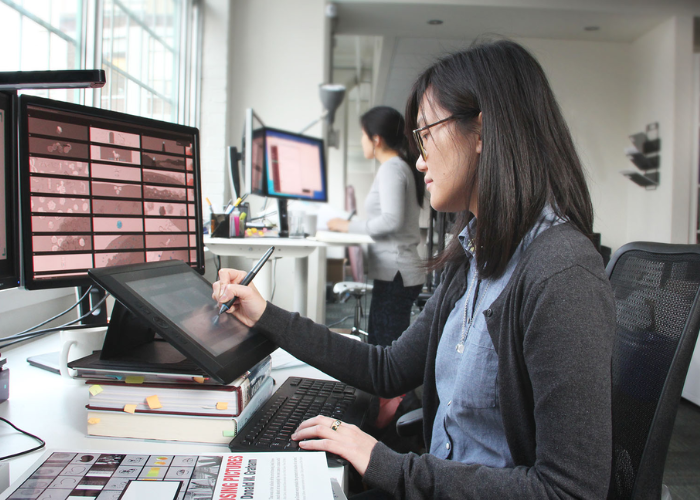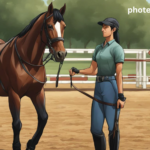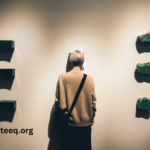Animation is a form of art that has been around since the early days of cinema. Animation brings to life characters, worlds, and stories that could not otherwise exist in reality. It is a powerful form of communication that can be used to tell stories, educate, and even entertain. Animation has been used in films, television shows, video games, and other media for decades and continues to be a popular medium for storytelling.
History of Animation
Animation has a long and storied history that dates back to the early days of cinema. The first animated films were made in the late 1800s and early 1900s, most notably by French cartoonist Émile Cohl with his 1908 short film Fantasmagorie. Since then, animation has been used in all forms of media, from feature films to television series, video games, and even web-based content. Throughout the 1900s, the medium evolved, with the introduction of cel animation, stop-motion animation, and computer-generated imagery (CGI).
Hand-Drawn Animation
Hand-drawn animation has been a staple of the animation industry since its inception. This type of animation involves drawing individual frames by hand and then piecing them together to create a sequence of movement. It is often used in 2D animated films and television shows, as well as in some video games and web-based content. The hand-drawn animation is a labor-intensive process, but it can be very rewarding for animators and viewers alike.
Computer Generated Imagery
Computer-generated imagery (CGI) has revolutionized the animation industry. This type of animation uses computers and software to create realistic, three-dimensional images that can be used in films, television shows, video games, and other media. CGI allows animators to create detailed and realistic environments and characters that were not possible to create with hand-drawn animation.
Combining Different Types of Animation
Animation is a powerful and versatile medium that can be used to tell stories, educate, and entertain. Many animation projects combine different types of animation, such as hand-drawn animation, stop-motion animation, and CGI. This allows animators to create unique and interesting visuals that can bring stories to life in ways that other mediums cannot.
Challenges of Animation
Animation is a complex and time-consuming process. Animators must be highly skilled in their craft and have a good understanding of the principles of animation to create believable and engaging visuals. In addition, animators must be able to work within the constraints of their budget, time, and technology.
Benefits of Animation
Animation is a powerful and versatile form of storytelling that can be used to tell stories, educate, and entertain. It can also be used to create visuals that are impossible to create in real life, such as fantastical characters, worlds, and creatures. Animation can also be used to create visuals that are more cost-effective than live-action, such as effects that would otherwise be expensive to create in real life.
Conclusion
Animation is a powerful and versatile form of storytelling that can be used to tell stories, educate, and entertain. It has been used in films, television shows, video games, and other media for decades, and has seen continued innovation and evolution over the years. Animation allows animators to create visuals that are impossible to create in real life, as well as visuals that are more cost-effective than live-action. Despite its challenges, animation is a rewarding and enjoyable craft that continues to grow and evolve with the times.





